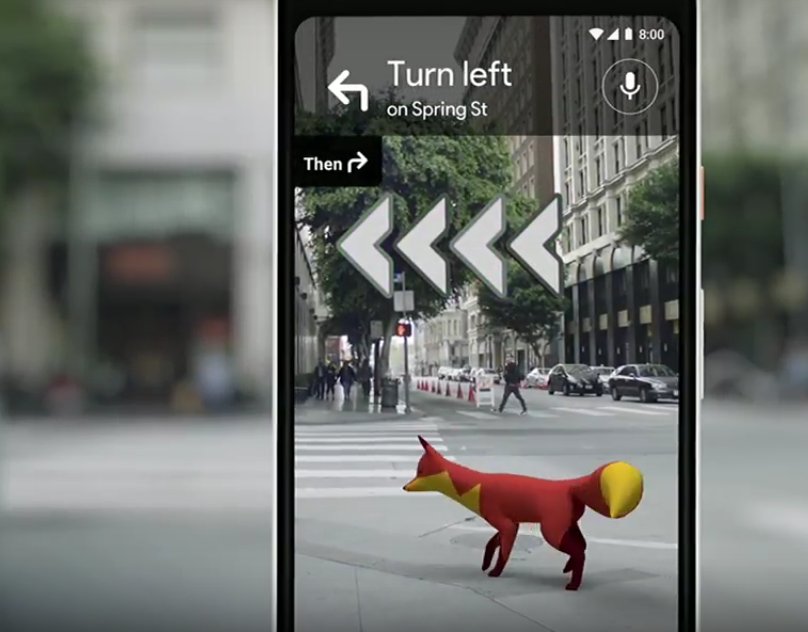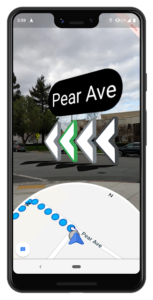
Jobs in Geo – Week 20
At Geoawesomeness, we’re working on creating an interactive job portal for companies to submit jobs and for job-seekers to look for jobs in the geospatial industry.
If your company is looking for new talent and you want to share the opportunity with our community, feel free to submit a job using the online form for us to review and include in our list!
Featured Job: Software Engineer at Blue Raster
?Arlington, VA United States
Blue Raster is looking for a Software Engineer to help create innovative and modern web and mobile applications. You will be taking an active role in developing the full stack, bridging the gap between the front-end elements and the server-side infrastructure. You will be responsible for how the application looks and functions. The successful candidate will be both independent and collaborative, and possess the desire to continuously learn and teach others about the newest technical advancements. You’ll work with a talented team to deliver engaging web and mobile mapping applications that have a direct impact on our clients and their global missions.
APPLY HERE
Featured Job: Power BI Developer at Blue Raster
?Arlington, VA United States
Blue Raster is seeking an experienced Power BI Developer with 2+ years of professional experiences with Power BI and data analysis. This position will mostly focus on data analysis and production efforts in support of an international project focused on ending the HIV epidemic (and other GIS related projects) in our Arlington, VA office. This is an excellent opportunity for an individual to work in an exciting multi-disciplinary environment among a team of talented and dedicated professionals in a variety of fields including Health, Conservation, Government, Global Affairs, and Education. The position offers great potential for professional growth and the opportunity to deliver engaging web and mobile mapping applications that have a direct impact on our clients and their global missions.
– Must be legally eligible to work in the United States, we cannot sponsor H1B Visas
– Some travel to Africa and/or Asia may be required.
APPLY HERE
NextDoor: Business Intelligence Manager
?San Francisco, USA
Deimos: Software Engineering Trainee for Data Systems
?Madrid, Spain
Apple: Cartographer
?Cupertino, USA
Trulia: GIS Analyst/Coordinator
?San Francisco, USA
Are there any specific things you’d like to see in our job portal? Feel free to get in touch.
Want to get your dose of Jobs in Geo directly to your inbox? Subscribe to our jobs newsletter here.










